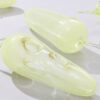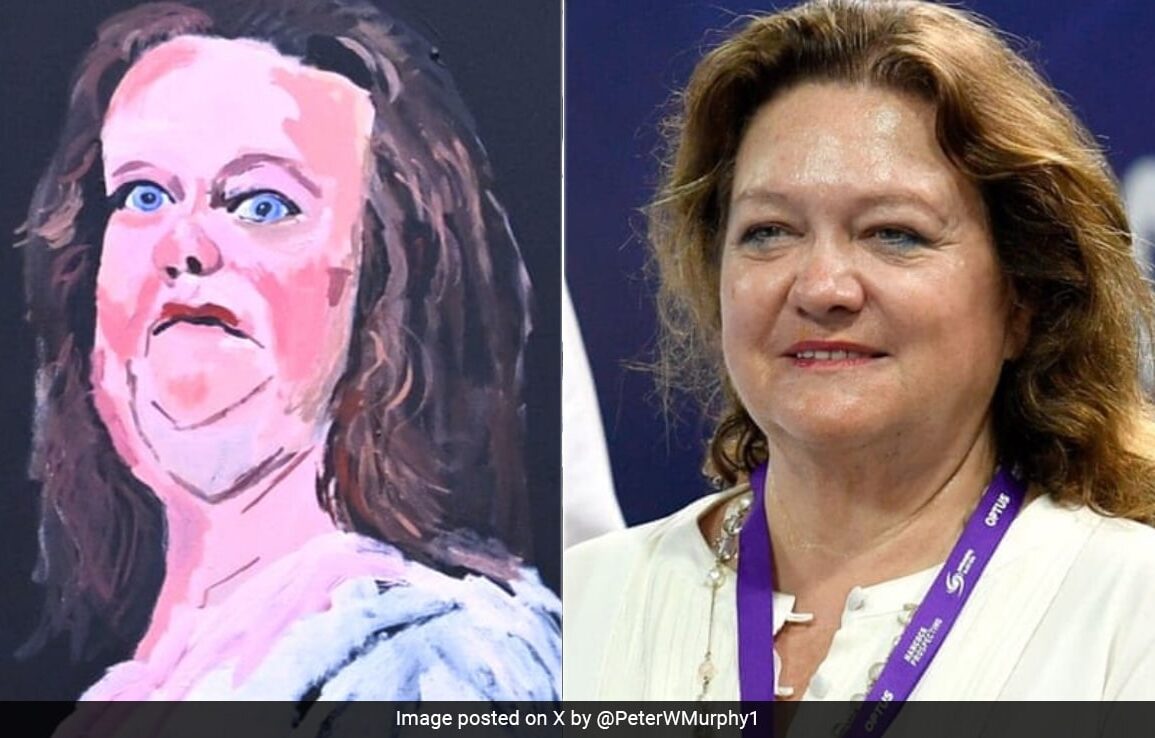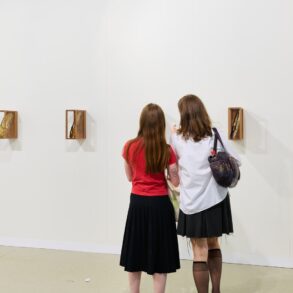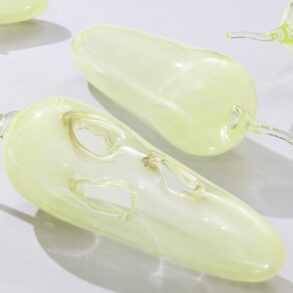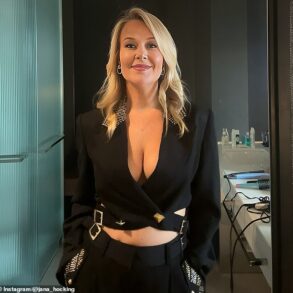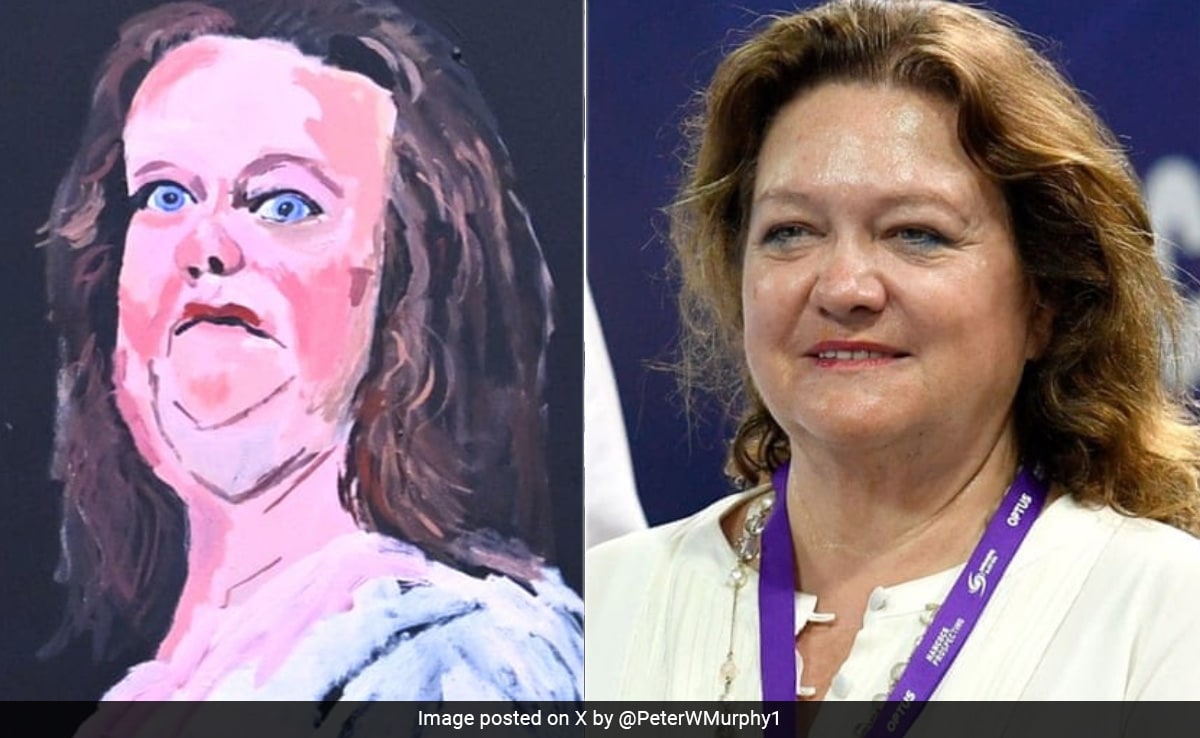
The gallery has refused to move the painting, which will be on display until July 21.
Gina Rinehart, Australia’s richest person, has demanded the country’s National Gallery to remove a seemingly ”unflattering” portrait of her from display. As per the Independent, the 70-year-old is the Executive Chairwoman of Hancock Prospecting, a privately owned mineral exploration and extraction company worth an estimated $30.6 billion.
Her image is one of many portraits unveiled at the Canberra gallery as part of an award-winning artist’s first major survey exhibition. The painting was done by Aboriginal artist Vincent Namatjira, a ”celebrated portraitist and a satirical chronicler of Australian identity,” it says on the National Gallery of Australia’s website.
The portrait depicts Ms Rinehart with reddish pale skin, a large forehead and creases under her chin.
How dumb is she? By demanding the National Gallery of Australia remove the portrait of her by award-winning artist Vincent Namatjira, mining billionaire Gina Rinehart has ensured everyone knows about it. That’s an Angus Taylor level own goal. 🎨 #auspol#mining#artpic.twitter.com/IJX6n2bF5s
— Peter Murphy (@PeterWMurphy1) May 15, 2024
According to Financial Review, several of Ms Rinehart’s associates have sent strongly worded messages to the gallery urging the portrait’s removal. Several complaints have also come into the National Gallery of Australia (NGA) about the portrait including some from athletes she sponsors through her company.
However, the NGA has refused to move the painting, which will be on display until July 21.
”Since 1973, when the National Gallery acquired Jackson Pollock’s Blue Poles, there has been a dynamic discussion on the artistic merits of works in the national collection, and/or on display at the gallery. We present works of art to the Australian public to inspire people to explore, experience, and learn about art,” a statement from the gallery said.
Meanwhile, artist Vincent Namatjira, who is known for such caricatures, also responded to the criticism, saying, “I paint the world as I see it.”
“People don’t have to like my paintings, but I hope they take the time to look and think, ‘Why has this Aboriginal bloke painted these powerful people? What is he trying to say?’ I paint people who are wealthy, powerful, or significant – people who have influenced this country, and me personally, whether directly or indirectly, whether for good or for bad. Some people might not like it, other people might find it funny, but I hope people look beneath the surface and see the serious side too,” he added.
This post was originally published on this site be sure to check out more of their content


